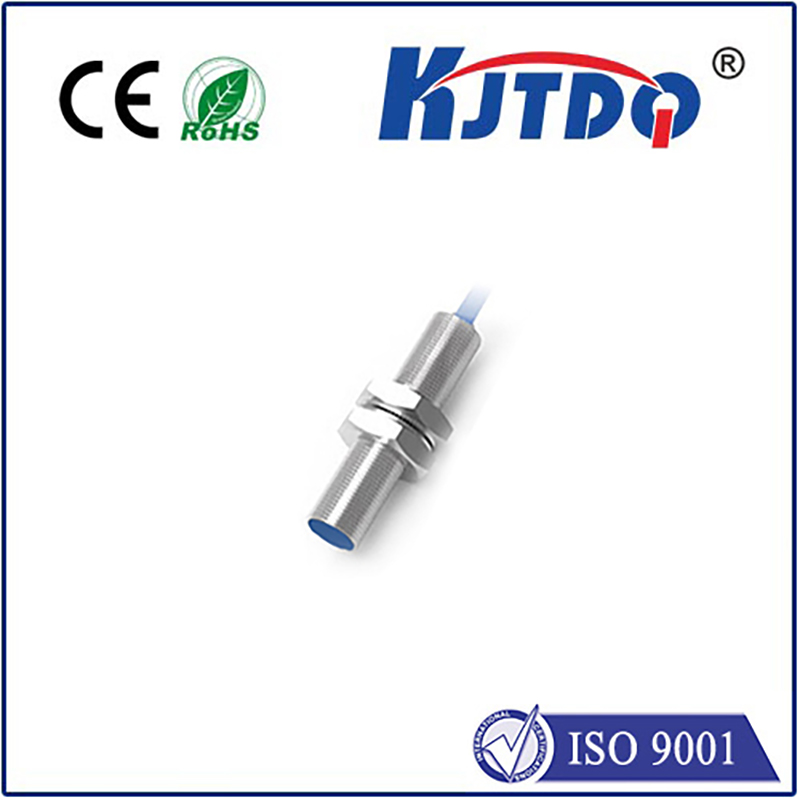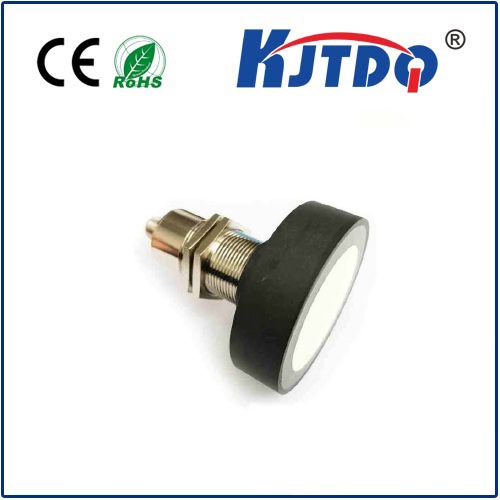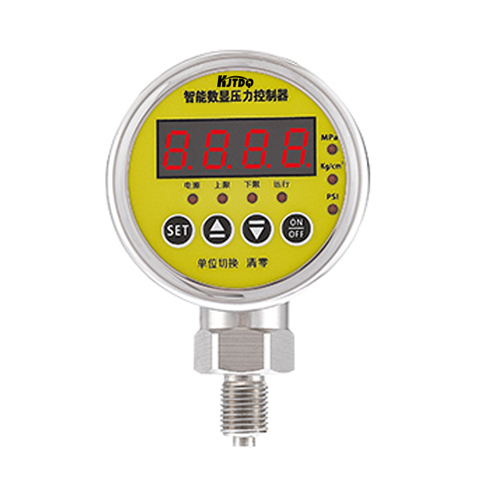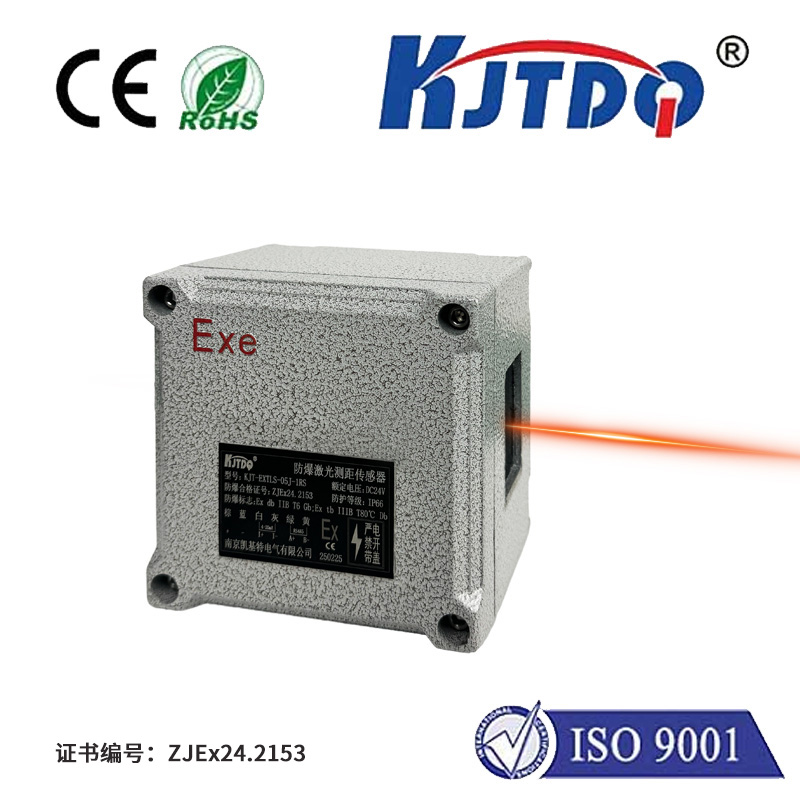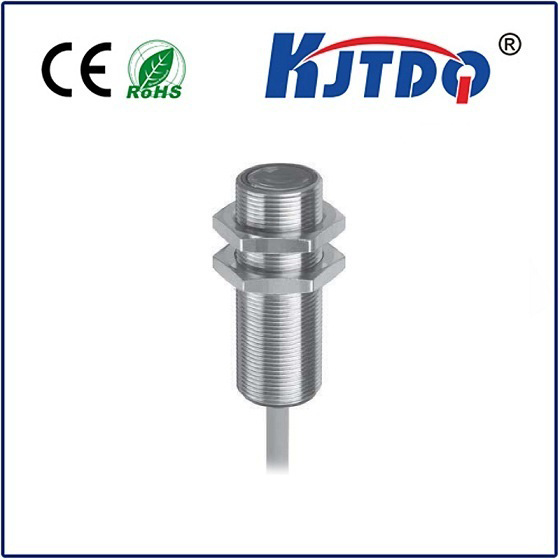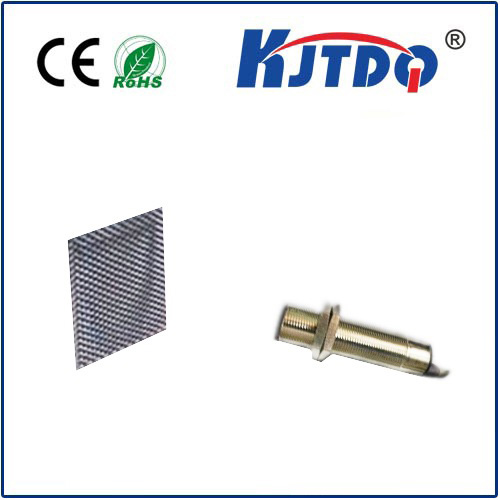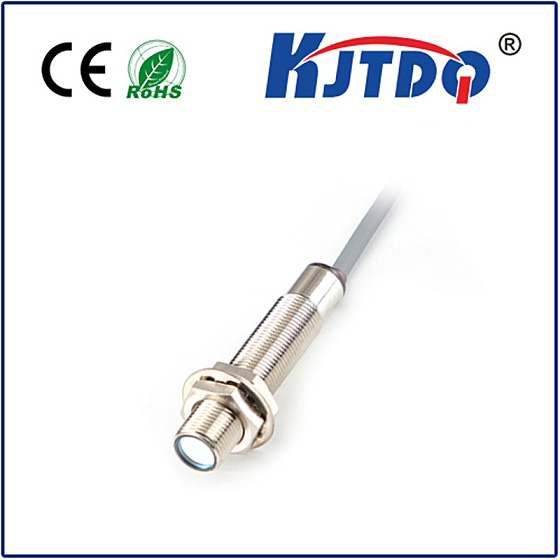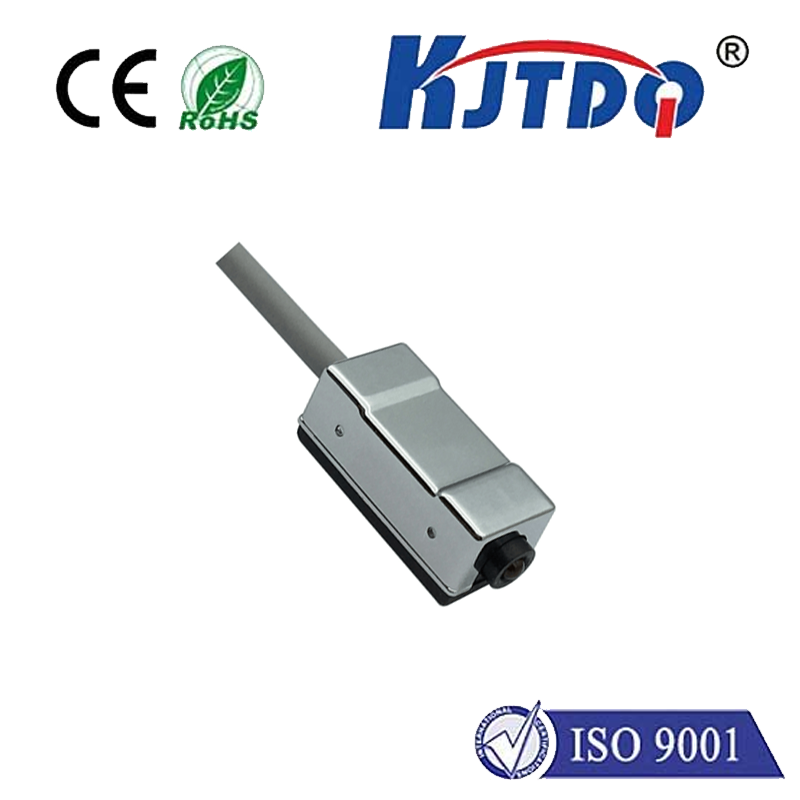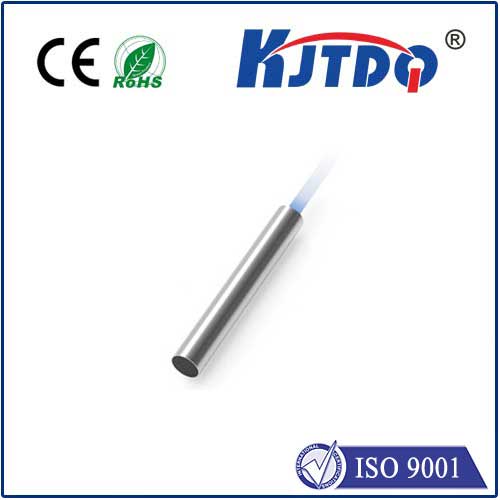

check

check

check

check
Imagine walking into a home on a sweltering summer day, only to find your air conditioning humming perfectly—cool, quiet, and cost-effective. But behind the scenes, a hidden hero ensures it stays that way: the combination fan and limit control. This ingenious system isn’t just a technical marvel; it’s a cornerstone of modern HVAC efficiency, preventing energy waste, extending equipment life, and safeguarding your comfort. Yet, many homeowners and technicians overlook its transformative potential, leading to costly breakdowns and inflated utility bills. In this article, we’ll dive deep into what combination fan and limit control is, how it works, and why it’s essential for any high-performance ventilation setup. By the end, you’ll see why this technology is revolutionizing industries from residential heating to large-scale commercial cooling, all while answering the burning question: how can such a simple integration make such a massive difference?
At its core, combination fan and limit control refers to a unified device that merges the functions of a fan control switch and a high-temperature limit switch into one seamless unit. This integration streamlines operations in systems like furnaces, air handlers, or industrial fans, where precise regulation is crucial. For instance, the fan control aspect governs when the fan activates or deactivates based on temperature thresholds, optimizing airflow without manual intervention. Simultaneously, the limit control acts as a safety net, automatically shutting down the fan if temperatures soar to dangerous levels—preventing overheating, damage, or even fire hazards. This dual functionality eliminates the need for separate, clunky components, reducing complexity and potential failure points. By combining these elements, the system ensures that fans operate only when needed, slashing energy consumption by up to 20% in typical HVAC applications. Think of it as a smart sentinel that constantly monitors your environment, balancing efficiency with protection in real-time.

Now, let’s explore how this technology works in practice, demystifying its mechanics for everyday users. In a standard setup, the combination unit connects to a furnace or air handler, with sensors embedded to track air or surface temperatures. As heat builds—say, during a heating cycle—the fan control kicks in once a preset low threshold (e.g., 100°F) is reached, activating the fan to circulate warm air efficiently. If temperatures unexpectedly spike beyond a safe limit (often 150–200°F due to blockages or malfunctions), the limit switch intervenes, cutting power to halt the fan and prevent catastrophe. This process relies on bimetallic switches or electronic sensors that respond swiftly to changes, ensuring rapid adaptation without human input. For example, in a home HVAC system, this setup avoids scenarios where fans run needlessly during cooler periods or fail to stop during overheating risks. The result? A harmonious blend of automation that boosts reliability while minimizing wear-and-tear on motors. Moreover, modern iterations incorporate smart controls, linking to Wi-Fi for remote monitoring and adjustments, making it ideal for IoT-enabled buildings seeking peak energy performance.
Beyond basic operations, the applications and benefits of combination fan and limit control span diverse sectors, underscoring its versatility. In residential settings, it’s a game-changer for standard heating and cooling units, where improper fan management can lead to 30% higher energy bills or premature system failures. Consider a typical furnace: without this control, fans might cycle on and off erratically, wasting electricity and straining components. With it, homeowners enjoy consistent temperatures, reduced noise, and enhanced safety—key factors in improving indoor air quality. Commercial environments, like warehouses or data centers, leverage these controls for large-scale ventilation, where overheating from server farms or machinery poses significant risks. Here, the system’s ability to integrate with existing HVAC setups allows for scalable solutions that cut operational costs by optimizing fan usage during peak hours. The cumulative advantages include:
Implementing this technology isn’t complex, but key considerations ensure optimal performance. First, select a combination unit compatible with your system’s voltage and amperage ratings—common options include snap-disc or electronic models from brands like Honeywell or White-Rodgers. For DIY enthusiasts, installation involves mounting the control near the heat source, wiring it to the fan motor and power supply, and calibrating temperatures via adjustable dials. For instance, set the fan-on temperature slightly above ambient to avoid short cycling, and the limit-off point just below the manufacturer’s safety threshold. Always consult a professional for complex setups to avoid errors like incorrect wiring or calibration, which could nullify benefits. Additionally, retrofitting older systems is straightforward with universal kits, making this an accessible upgrade for most buildings. Maintenance is minimal—simply check sensors annually for dust buildup and test responses during seasonal inspections to ensure reliability. Despite its resilience, potential issues like sensor drift can arise over time, so pairing it with regular HVAC tune-ups maximizes longevity and prevents unexpected hiccups.
As we embrace smarter, more sustainable technologies, combination fan and limit control represents a forward leap in intelligent building management. Innovations are evolving toward AI-driven analytics, where predictive algorithms anticipate temperature fluctuations and adjust fan speeds preemptively. This not only elevates efficiency but also positions systems for seamless integration with renewable energy sources. Ultimately, embracing this control isn’t just about protecting your investment; it’s about empowering a future where comfort and conservation coexist effortlessly.
